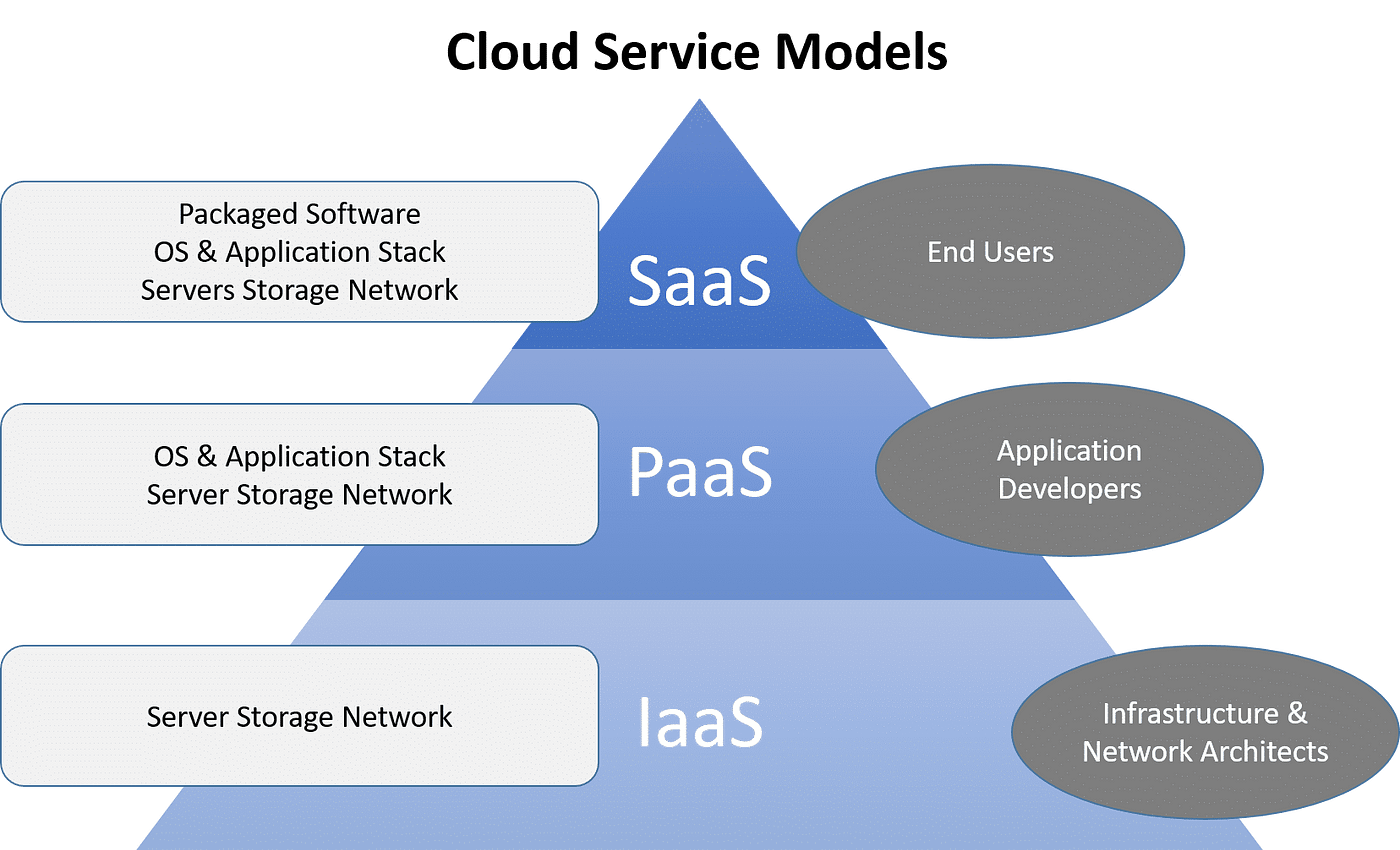Universal Cloud Service: Reliable Data Storage and Administration Solutions
Universal Cloud Service: Reliable Data Storage and Administration Solutions
Blog Article
Drive Innovation: Harnessing the Power of Cloud Solutions
In the hectic landscape of modern company, utilizing the power of cloud services has actually come to be an essential element for companies intending to drive advancement and preserve an one-upmanship. The capacity to scale resources dynamically, take on cutting-edge technologies flawlessly, and simplify advancement procedures successfully can dramatically influence an organization's capacity to innovate and adapt. As we check out the elaborate relationship in between cloud services and innovation, fascinating insights on how cloud remedies reinvent traditional organization methods and pave the means for groundbreaking developments will certainly be exposed.
Benefits of Cloud Solutions
Cloud services use various benefits to companies and people seeking reliable and flexible options for their electronic requirements. Among the essential advantages of utilizing cloud solutions is the cost-effectiveness they provide. By relocating to the cloud, companies can get rid of the demand for costly on-premises equipment and maintenance expenses, rather opting for a pay-as-you-go design that lines up with use. This scalability allows organizations to readjust resources based on need, causing optimal price monitoring.
Moreover, cloud services enhance accessibility and collaboration amongst teams. With information stored in the cloud, staff members can securely access documents and applications from anywhere with an internet link, promoting remote work capacities and improving productivity. Real-time partnership features enable multiple users to work on documents at the same time, promoting seamless team effort despite physical area.
An additional benefit of cloud services is the enhanced information security and calamity recuperation they supply. Cloud providers implement advanced protection actions to secure data from cyber risks, guaranteeing compliance with sector policies. In addition, automated backups and recuperation remedies decrease the danger of data loss as a result of unanticipated events, providing satisfaction to users.
Cloud Migration Techniques
Transitioning to cloud solutions includes careful planning and calculated implementation to guarantee a reliable and smooth movement process. There are several cloud migration methods that organizations can think about when relocating their procedures to the cloud. One common approach is the 'Rehost' approach, where applications are lifted and changed to the cloud with marginal modifications. This method fasts yet might not completely optimize cloud advantages. The 'Replatform' method includes making some cloud optimizations throughout movement, such as upgrading the application design to take advantage of cloud-native attributes. Cloud Services. For a more thorough improvement, the 'Refactor' technique involves rearchitecting applications to be cloud-native, improving scalability and performance. In addition, the 'Repurchase' technique involves changing existing software with cloud-based choices, while the 'Retire' technique entails decommissioning redundant applications. Selecting the right movement technique depends on variables like expense, timeline, and desired end results, requiring a mindful assessment of each option's challenges and benefits.
Enhancing Collaboration in the Cloud
Enhancing group cooperation through cloud-based devices can considerably boost efficiency and enhance communication within companies. By leveraging cloud solutions, groups can interact seamlessly no matter of their physical locations, allowing real-time cooperation on tasks. Cloud-based interaction tools such as Slack, Microsoft Teams, or Google Work area offer a central system for group participants to share documents, exchange concepts, and coordinate jobs efficiently. These tools offer features like immediate messaging, video conferencing, data sharing, and job monitoring, enhancing teamwork and reducing reliance on traditional communication approaches like emails.

Protection Factors To Consider for Cloud Adoption
Just how can organizations ensure the robust protection of their information when adopting cloud services? Safety factors to consider are vital in the adoption of cloud services. To safeguard data, organizations should first conduct a complete threat evaluation to identify prospective susceptabilities and risks. Executing strong encryption techniques for data both in transportation and at rest is vital. Access control systems need to be implemented to restrict unapproved access, and multi-factor verification can add an extra layer of protection. Routine protection audits and monitoring of the cloud setting assistance in finding and alleviating any security violations immediately.

Cloud-Native Development Practices
In the realm of cloud computing, embracing cloud-native development practices is important for companies striving to enhance their electronic facilities and improve operational efficiency. Cloud-native innovation practices entail developing applications particularly for cloud settings, leveraging the scalability, flexibility, and agility that cloud solutions use. Deliberately applications with cloud-native concepts in mind, such as microservices design, containerization, and orchestration, companies can simplify their development processes, enhance source application, and react better to changing market needs.
Moreover, cloud-native development practices advertise constant integration and continual shipment (CI/CD) pipelines, making it possible for automated testing, deployment, and surveillance of applications. This iterative approach cultivates faster development cycles and improves general software program quality. Additionally, using serverless computing and managed solutions allows organizations to concentrate on creating core organization performances while offloading facilities administration tasks to cloud company.
Fundamentally, welcoming cloud-native innovation techniques encourages companies to drive advancement, speed up time-to-market, and stay affordable in today's quickly progressing digital landscape.
Conclusion
As we explore the intricate connection in between cloud solutions and innovation, interesting understandings on just how cloud options revolutionize traditional company methods and pave useful reference the method for groundbreaking innovations will certainly be disclosed. - cloud services press release
There are numerous cloud movement methods that companies can think about when relocating their procedures to the cloud. Cloud-native advancement methods include establishing applications particularly for cloud environments, leveraging the scalability, flexibility, and agility that cloud services provide. Furthermore, the usage of serverless computing and handled solutions enables companies to focus on developing core company performances while offloading facilities monitoring tasks to cloud service suppliers.
It is crucial for firms to consider cloud migration techniques, improve partnership in the cloud, and focus on protection actions to ensure successful adoption of cloud solutions and drive advancement within their organization.
Report this page